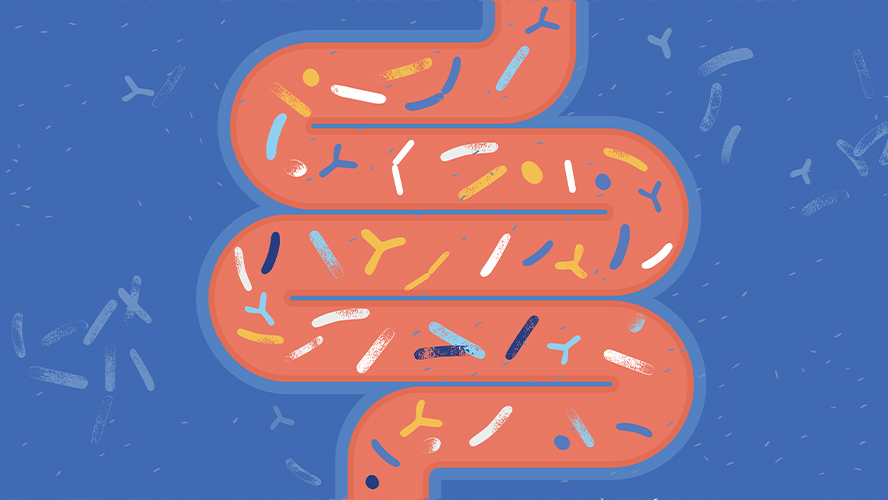
Researchers at UHN’s Toronto General Hospital Research Institute (TGHRI) have discovered how proteins in the gut influence our body’s response to food. Their findings open new avenues for developing more targeted therapies for obesity and diabetes.
Proteins found in foods such as meat have a stronger effect on making us feel full and satiated compared to fats or carbohydrates. When we eat protein, it triggers the release of specific satiety hormones that play important roles in controlling how much we eat and maintaining stable blood sugar levels.
Previous research has shown that medications that activate these satiety hormone pathways promote weight loss and help regulate blood glucose levels. However, the precise mechanisms through which this happens remain unclear.
“The small intestine – where nutrient absorption happens – plays important roles in detecting nutrients and controlling our eating behaviours and hunger cues,” explains Dr. Tony Lam, Senior Scientist at TGHRI and senior investigator of the study, holds a Tier 1 Canada Research Chair in Diabetes and Obesity, and is a professor of physiology and medicine at the University of Toronto.
“We noted from previous literature that when different protein sources – such as pea or whey protein –were infused into these areas of the body, they changed the levels of satiety hormones, altering glucose levels and eating habits,” add Rosa Li and Dan Barros, graduate students and co-first authors of the study.

In addition, two receptors, calcium-sensing receptor (CaSR) and peptide transporter 1 (PepT1) have been implicated in protein sensing in the gut, although the mechanisms are poorly understood. CaSR is a receptor sensitive to amino acids – the building blocks of proteins; whereas PepT1 is a transporter for oligopeptides – fragments of less than 25 amino acids.
To examine these mechanisms further and determine the role of CaSR and PepT1 on feeding and glucose regulation, the researchers removed the function of these receptors and infused a specific type of protein – casein – into the upper small intestine or ileum (the final section of the small intestine). The researchers then assessed food intake, glucose tolerance and gut hormone levels.
The experiments revealed that, under normal conditions, PepT1, but not CaSR, facilitates protein to regulate appetite, while CaSR and PepT1 work together to increase glucose tolerance in response to protein intake in the upper small intestine. However, under a high-fat diet, PepT1 function is diminished and CaSR compensates for it, ensuring the continued release of hormones to regulate glucose tolerance. In the ileum, CaSR, but not PepT1, facilitates protein to regulate appetite and glucose tolerance.
These results show that CaSR and PepT1 in the small intestine play an important role in sensing protein levels in our diet and promoting satiety and glucose tolerance.
This study suggests that drugs that target specific receptors involved in satiety hormone pathways in a site-specific manner could help lower food intake and increase glucose tolerance, particularly in situations where metabolic processes are disrupted, such as in obesity and diabetes.
This study was supported by generous donors to UHN Foundation.

No one ever changed the world on their own but when the bright minds at UHN work together with donors we can redefine the world of health care together.


